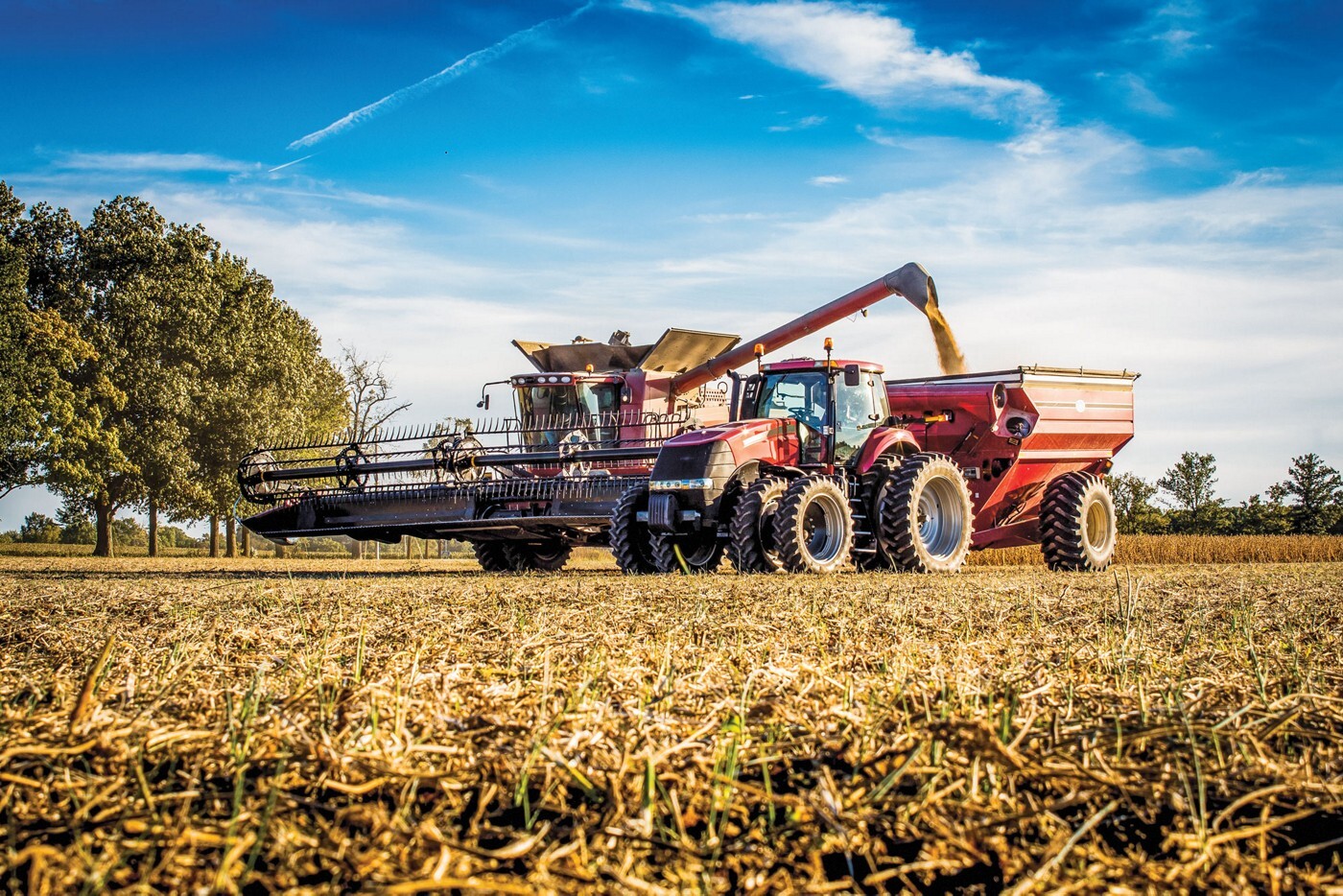A 12% switch from monogastric to ruminant livestock production can reduce emissions and boost crop production for 525 million people
Source: https://www.nature.com/articles/s43016-022-00661-1
Author: Luxi Cheng, Xiuming Zhang, Stefan Reis, Chenchen Ren, Jianming Xu & Baojing Gu
Ruminants have lower feed use efficiency than monogastric livestock, and produce higher reactive nitrogen and methane emissions, but can utilize human-inedible biomass through foraging and straw feedstock. Here we conduct a counterfactual analysis, replacing ruminants with monogastric livestock to quantify the changes in nitrogen loss and greenhouse gas emissions globally from a whole life cycle perspective. Switching 12% of global livestock production from monogastric to ruminant livestock could reduce nitrogen emissions by 2% and greenhouse gas emissions by 5% due to land use change and lower demand for cropland areas for ruminant feed. The output from released cropland could feed up to 525 million people worldwide. More ruminant products, in addition to optimized management, would generate overall benefits valued at US$468 billion through reducing adverse impacts on human and ecosystem health, and mitigating climate impacts. he whole livestock production chain generated approximately 15% of global anthropogenic greenhouse gas (GHG) emissions, with ruminants and monogastric livestock contributing 5.7 and 1.4 PgCO2e GHG emissions per annum, respectively.

